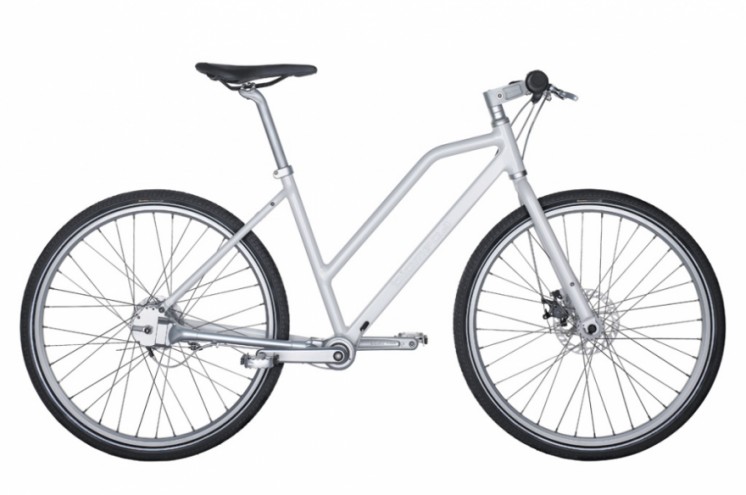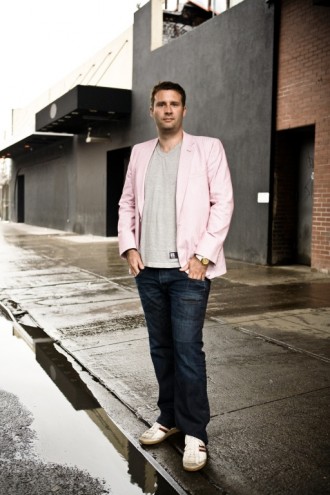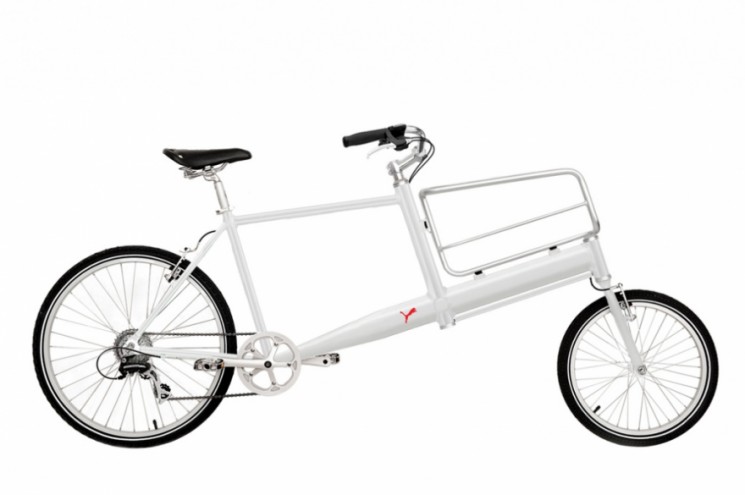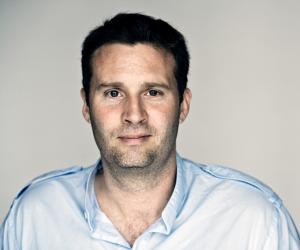For years nowDanish designer, innovator and entrepreneuer Jens Martin Skibsted has been “shouting cars out of cities”, as part of his campaigns to get motorists onto (well designed) bicycles.
Effective as these campaigns have been, for the moment Skibsted is not shouting. He is talking about the possibilities of design and design thinking as priority areas on a global agenda.
And much of this talking is happening in his capacity as the recently appointed vice chair of the Davos Think Tank for the World Economic Forum’s Global Agenda Council. In this position Skibsted works alongside Paola Antonelli, who is the chairperson of this forum.
He says there are two types of forums: There are the talking forums, which are very powerful. But then there are also the “walking” forums, which is an essential follow-on from the talking part.
On an early morning Skype call, Skibsted is enthusiastic about his work with the Global Agenda Council. It’s an extremely active organisation, which apart from the thinking and talking, has seen a number of design and innovation principles emerging from it. On Skibsted and Antonelli's recommendation the Global Agenda Council is now doing fewer, but bigger initiatives.
The sustainable consumption initiative was one such, initially proposed by Skibsted. Simple in form, this project labelled various products to expose consumers to the real price of a product. “It highlighted the prices of the product to the planet, so the essence of the initiative was about how to influence consumption positively through design,” Skibsted explains.
Sustainability is a key concern for Skibsted. “Design needs to redesign itself to be relevant in the new millenium,” he says. “There are a multitude of challenges that design thinking can and must address, the biggest of which is the fact that design has become the mercenary of consumer culture.”
One possible solution Skibsted suggests is simply “taking the old school approach to product design and rethinking it”. He emphasises that we don’t need more goods. “We need less goods but more value. It’s about ‘hedonistic sustainability’”.
“Hedonistic sustainability” is a concept that Skibsted feels very strongly about. In his talk at Design Indaba Conference in 2011, he explained that hedonistic sustainability is about mechanisms that drive format change in a format war where design becomes an extension of self-expression.
The main onus on the designer is to do it better, and to do it more sustainably – a process that requires a thorough understanding of design thinking.
Rather than doing this as per usual, a global design policy involves the ability to take a step back to rethink a given process, Skibsted continues.
Skibsted cites the rebuilding of hospitals in Denmark as being illustrative of this. “If you just had to consider the final product, then it would be something that an engineer does. But when it comes to sustainability and longevity there are a number of other essential factors to consider, which is where design thinking comes into play.”
The holistic nature of design thinking is also what will help to break down the silos that exist around the way we think about major world challenges. “We know that we need to optimise CO2 emissions, and that we need to optimise our waste management systems and optimise our water consumption. Even though most of these issues are interlinked, both the challenge and possible solutions still exist in silos, rather than working together to find the best possible solution,” Skibsted says.
A global design policy, Skibsted explains, has the potential to play an important part in breaking down these silos. “Countries like Denmark, Switzerland, England and Singapore already have very advanced and forward-thinking design policies. And more big blocks are coming in. But there is also an inherent risk of a ‘zero-sum game’ situation happening, where it becomes more about the regions outcompeting their neighbours than about getting the work done on ground level.”
It’s the talking AND walking again: “You need to do the talking and the walking to have a high chance of successful implementation. It’s about seeing it happen, and then seeing how design can go further to expand the pie and consider other major crises.”
But it is not just about policies and large-scale interventions for Skibsted. In the past month, KiBiSi – the Danish idea-driven industrial design company of which he is a founding partner – launched the new Roulade sofa, as well the Bulb Fiction lights.
An ideas person, Skibsted says: “I’m triggered at the ideation level. The early part of the idea excites me and that is why I can be involved in so many different projects. I wouldn’t have the time if I was involved in the entire process of developing a concept.”
More than the idea, Skibsted loves the part where design comes in to make something more appealing, citing the examples of a gorgeously designed bicycle that can hold its own alongside a car when it comes to aeasthetics.
It’s about looking good, and doing good.
“It’s a design drive mixed with a positive purpose,” Skibsted believes.














